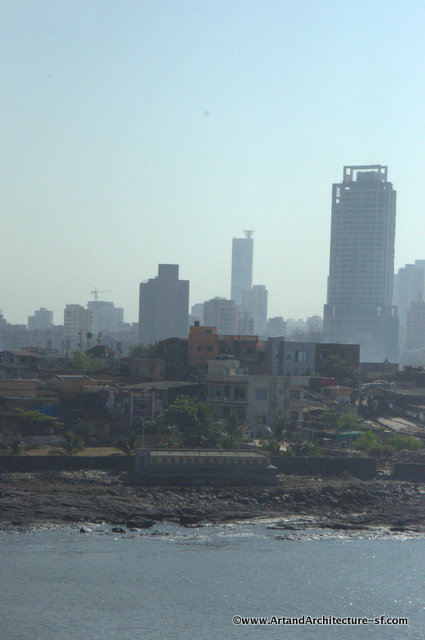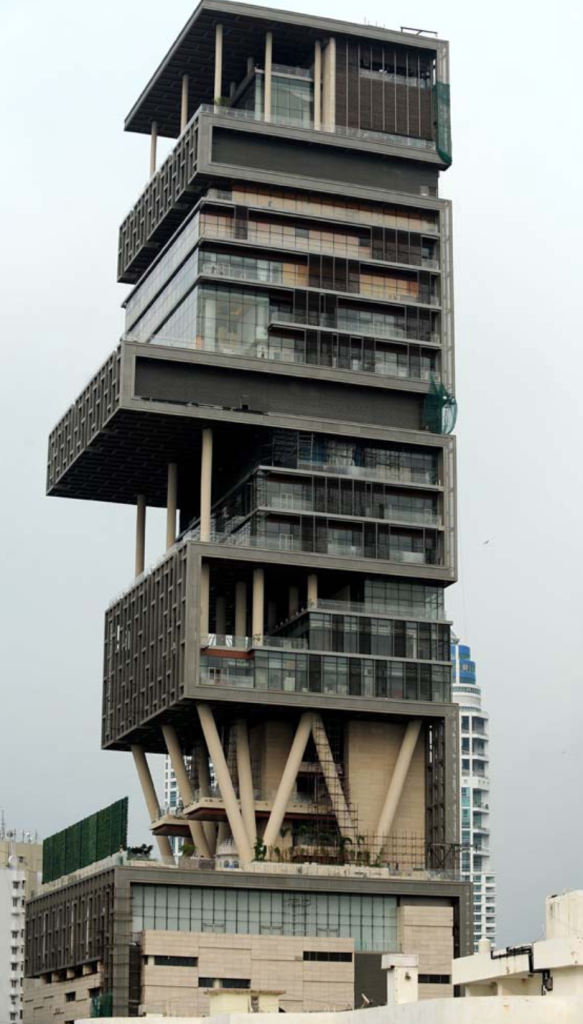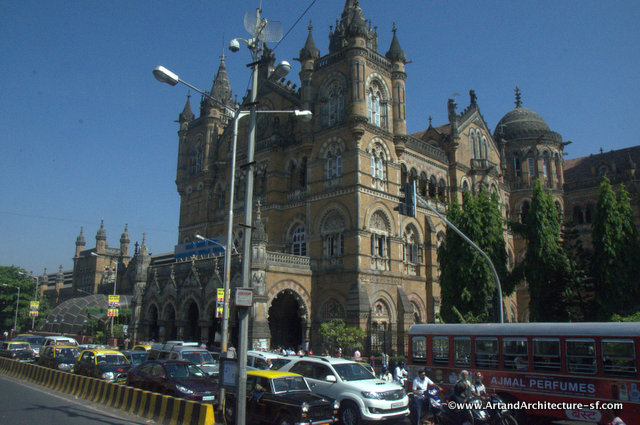Dec 052013
November 2013
We flew into Mumbai Friday around 10:00 a.m.. We are truly confused as how we got here, as it seems we were taken in a space ship to an entirely different country.
Mumbai was once known as Bombay. – Allow me to digress a bit here. India is impossible to discuss in missives such as this, but one aspect that would be hard to fathom to many is the mix of religion and politics. They are inseparable, AND YET, India IS a secular country when it comes to their politics. Now, that sentence makes no sense, and this is NOT the place to try to explain it, but it is relevant to what I am trying to point out. There is a small religious minority that are insisting on the renaming of places and landmarks in India because they feel that the existing names reflect the colonization of India by others.
While traveling I have been reading a book by Shashi Tharoor, Tharoor is the Indian Minister of State for Human Resource Development, and a member of Parliament.
I am going to quote him here regarding the renaming. “Bombay” has entered global discourse; it conjures up associations of cosmopolitan bustle; it is attached to products like Bombay gin, Bombay duck, and the overpriced colonial furniture sold by “the Bombay company.” In short, it enjoys name recognition that many cities around the world would spend millions in publicity to acquire. THAT is why very few people call it Mumbai, or as I have found myself doing using both names in one sentence.
Mumbai is the most populous city in India (with 12 million people) and the fourth most populous city in the world. It is the wealthiest city in India, and is the center of Indian’s financial world, with both the Bombay Stock Market and the National Stock Exchange (there are 24 exchanges throughout India, but that is a whole other conversation).
This is a horribly smoggy picture is of the slums
The city is markedly cleaner than any we have seen in India, the traffic, while horrendous, is polite and obeys traffic signals. Yes, there is honking, but it is not incessant as we have experienced elsewhere.
Mumbai/Bombay is a city of contrasts. As you drive in from the airport the first thing you see is extreme poverty, people living in areas similar to the favelas of Rio de Janiero, this with a background of brand new sky scrapers and Antilia the 27-floor residence belonging to businessman Mukesh Ambani, which cost 1 Billion dollars to build – yes I meant that with a B. (some accounts say $2billion) Oh and by the way, he only has 2 daughters, so there are only 5 people living in the house (his mother being the 5th), oh except the staff of 600.
Antilia
Bombay comes from the Portuguese word Bombaim, and the Portuguese architectural influence is truly in your face in the heart of the city. This architecture combines Gothic, Victorian, Art Deco and Indo-Saracenic along with modern and highly contemporary styles. After Miami, Bombay has the second largest number of Art Deco buildings in the world.
The Victoria Train Station
The smog is horrific, and the poverty so prevalent, and yet the wealth is so prevalent, it is truly and sadly a great city of contrasts.


